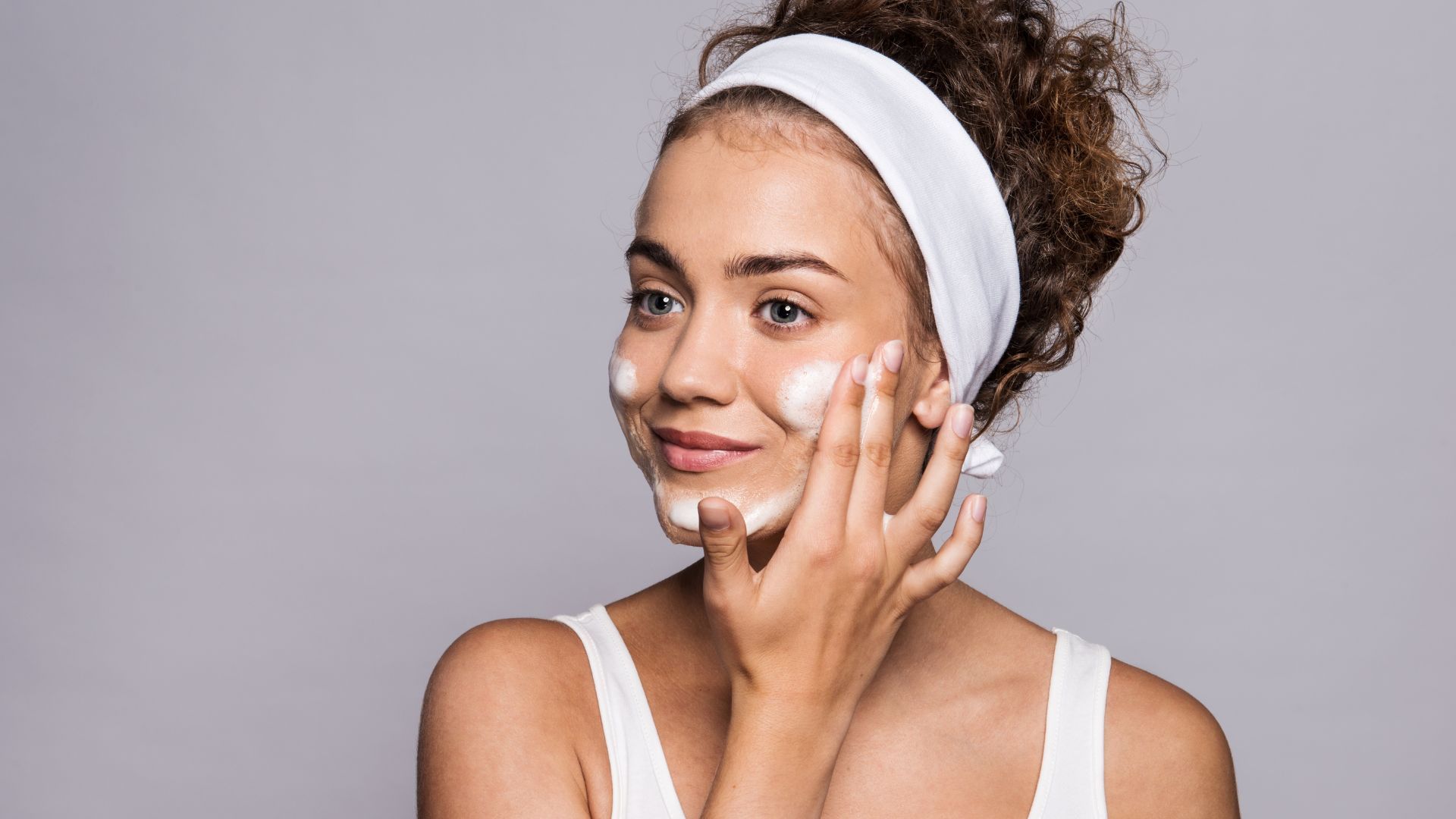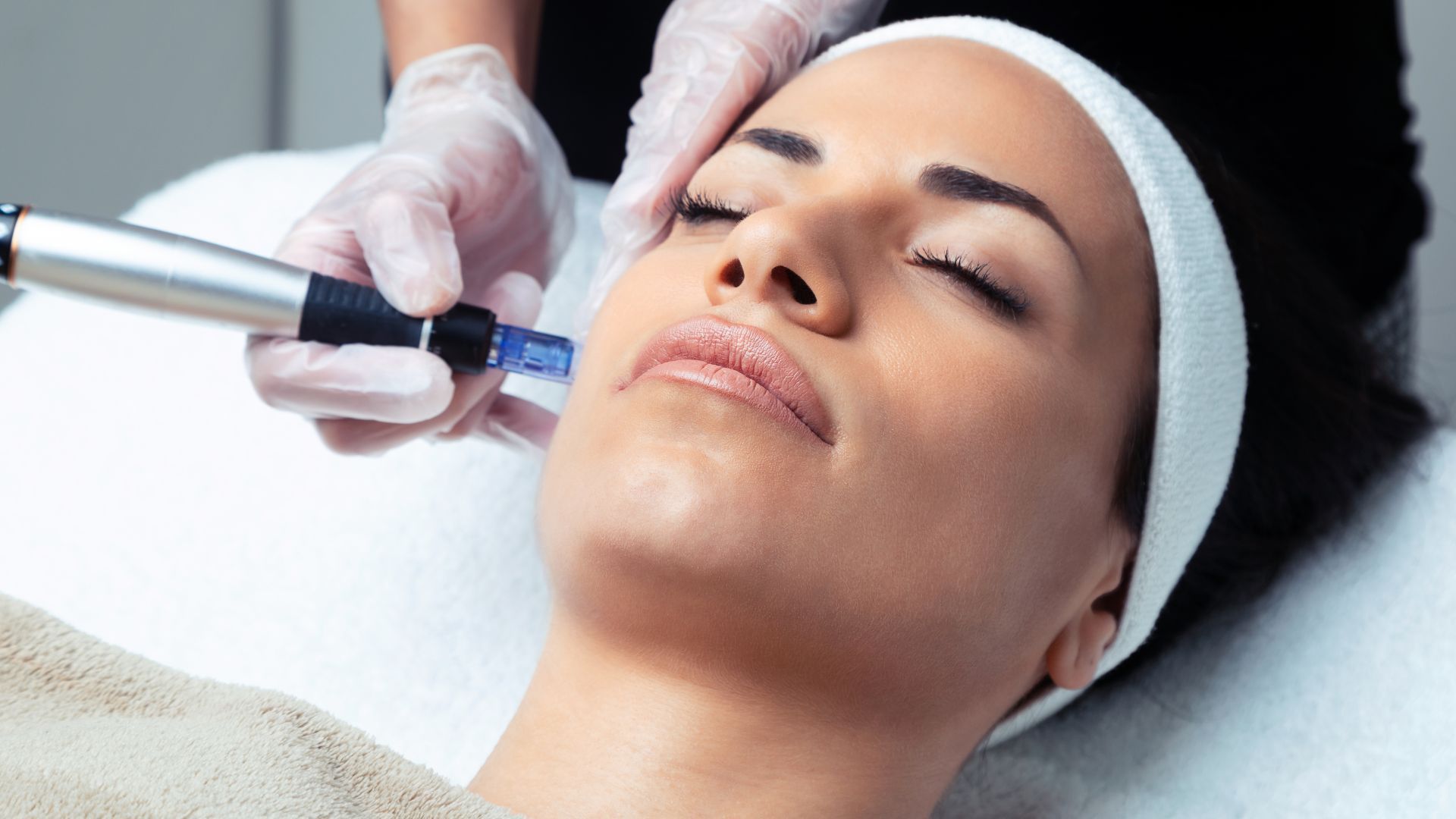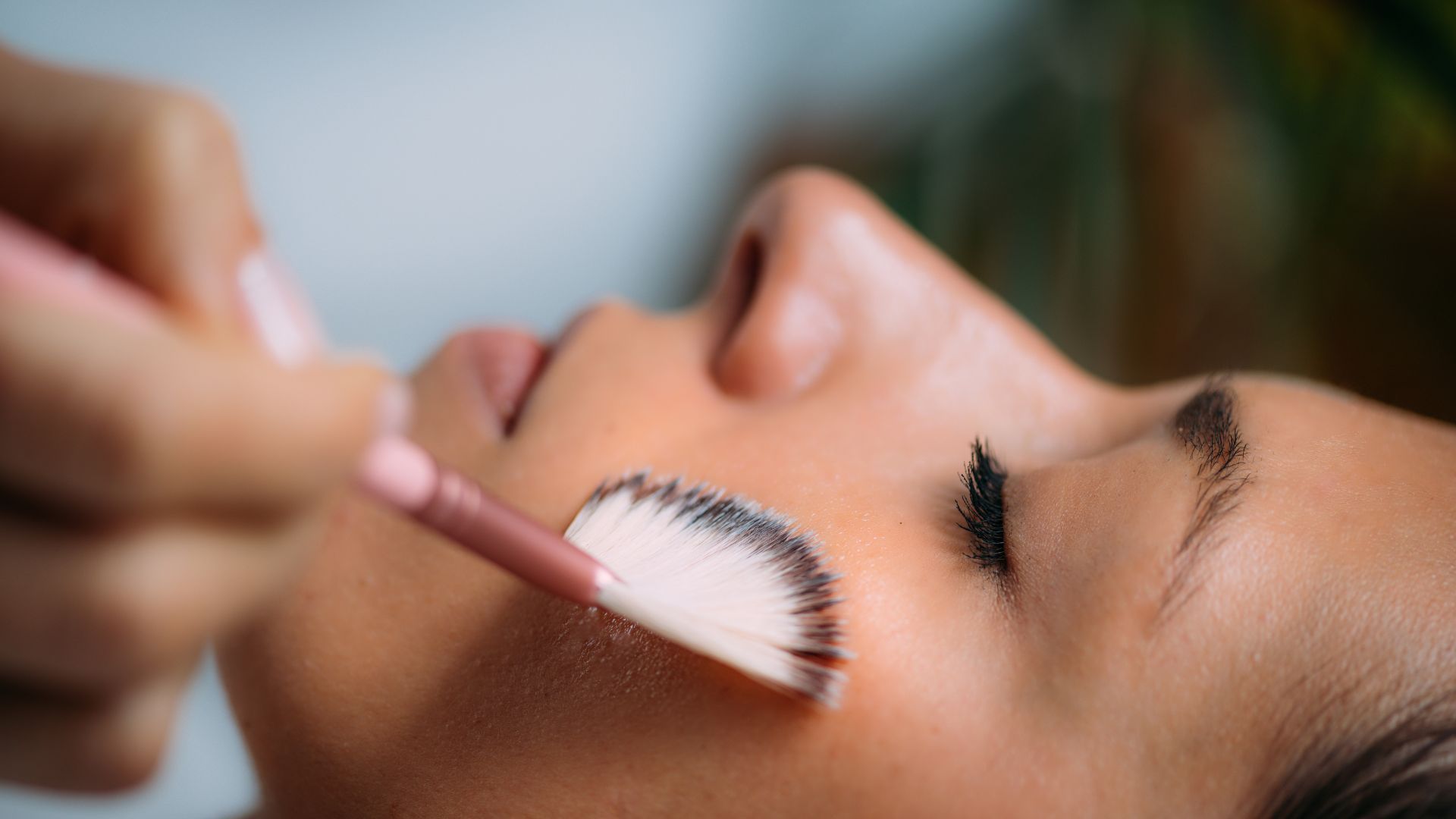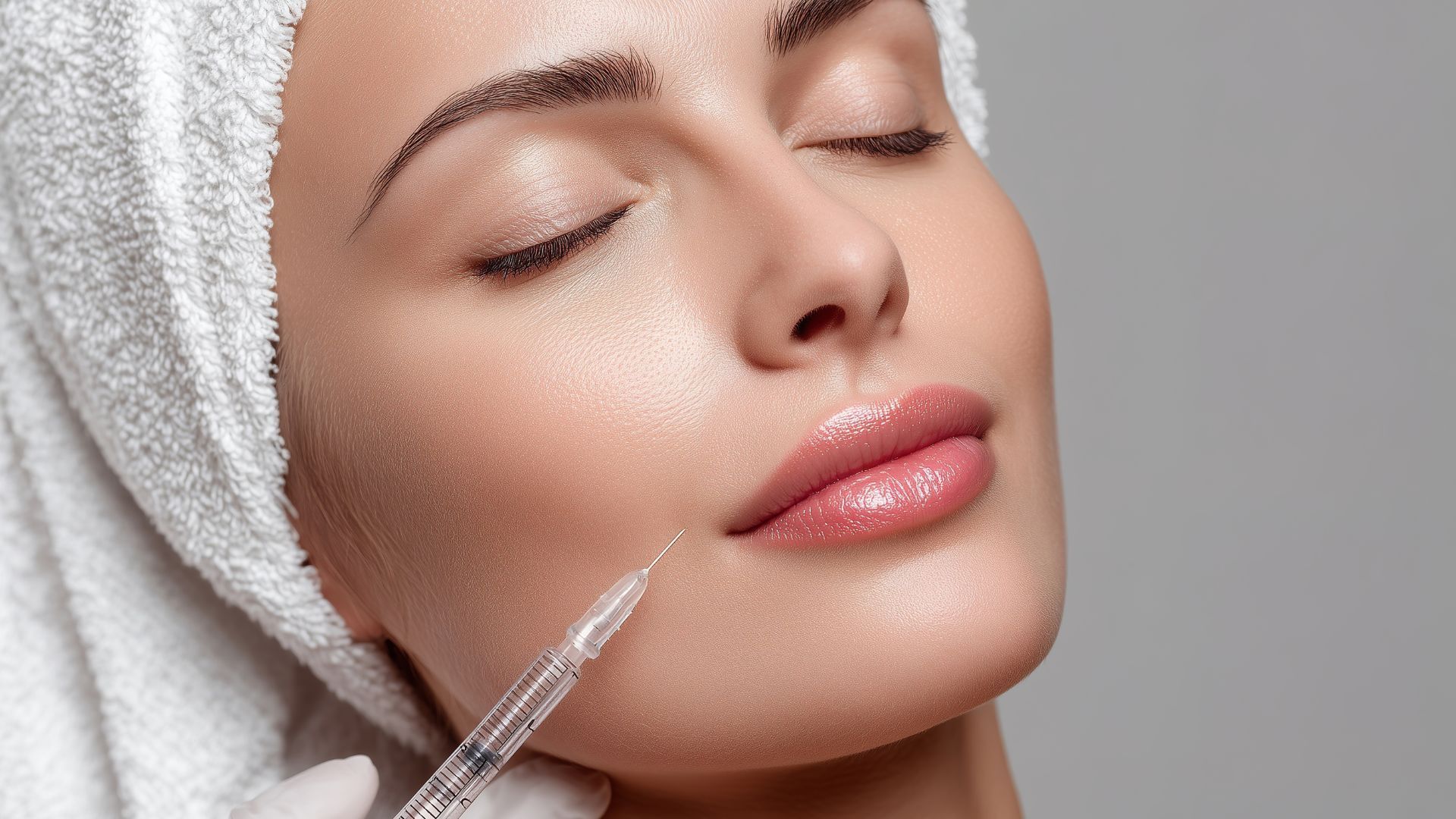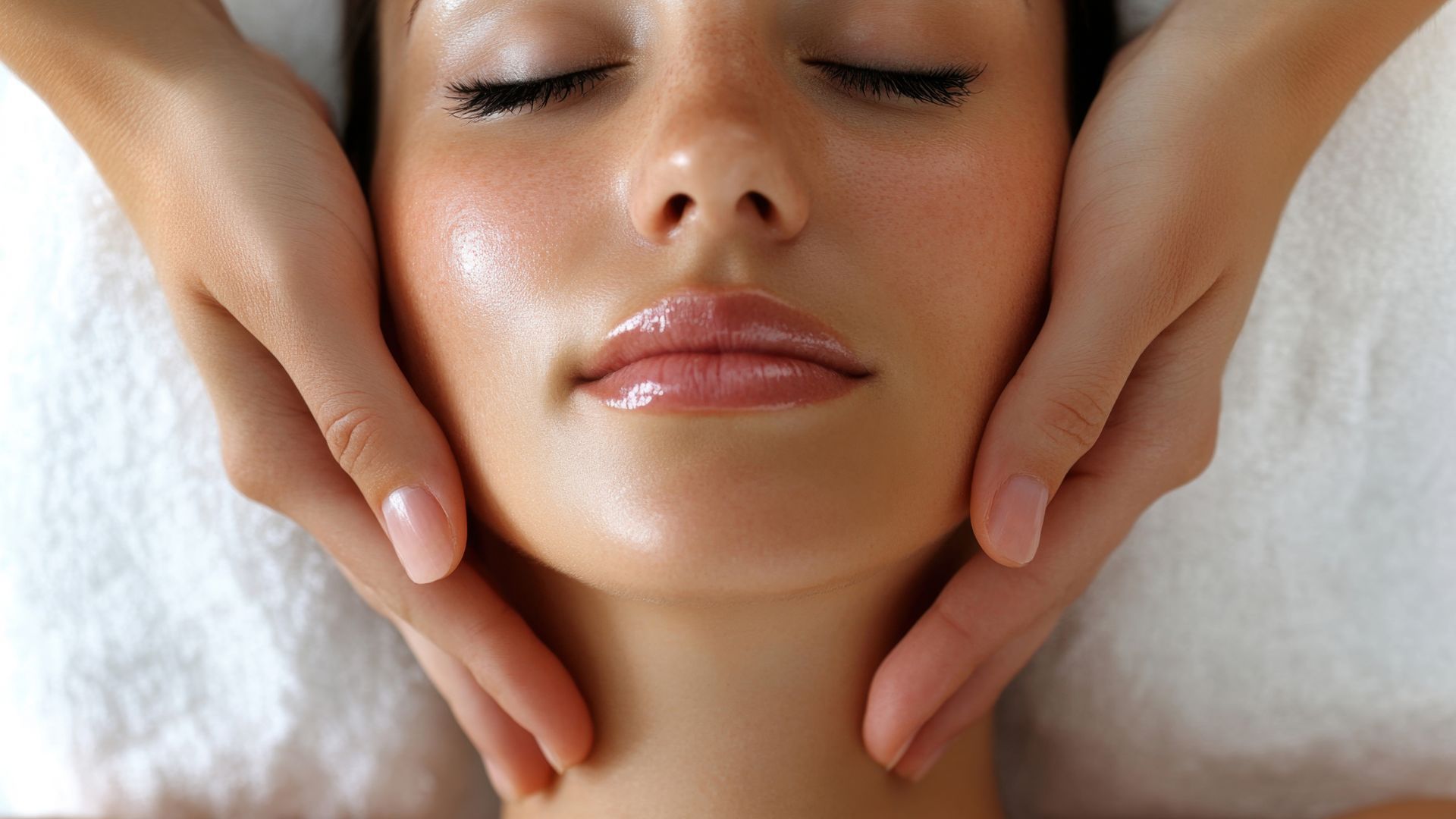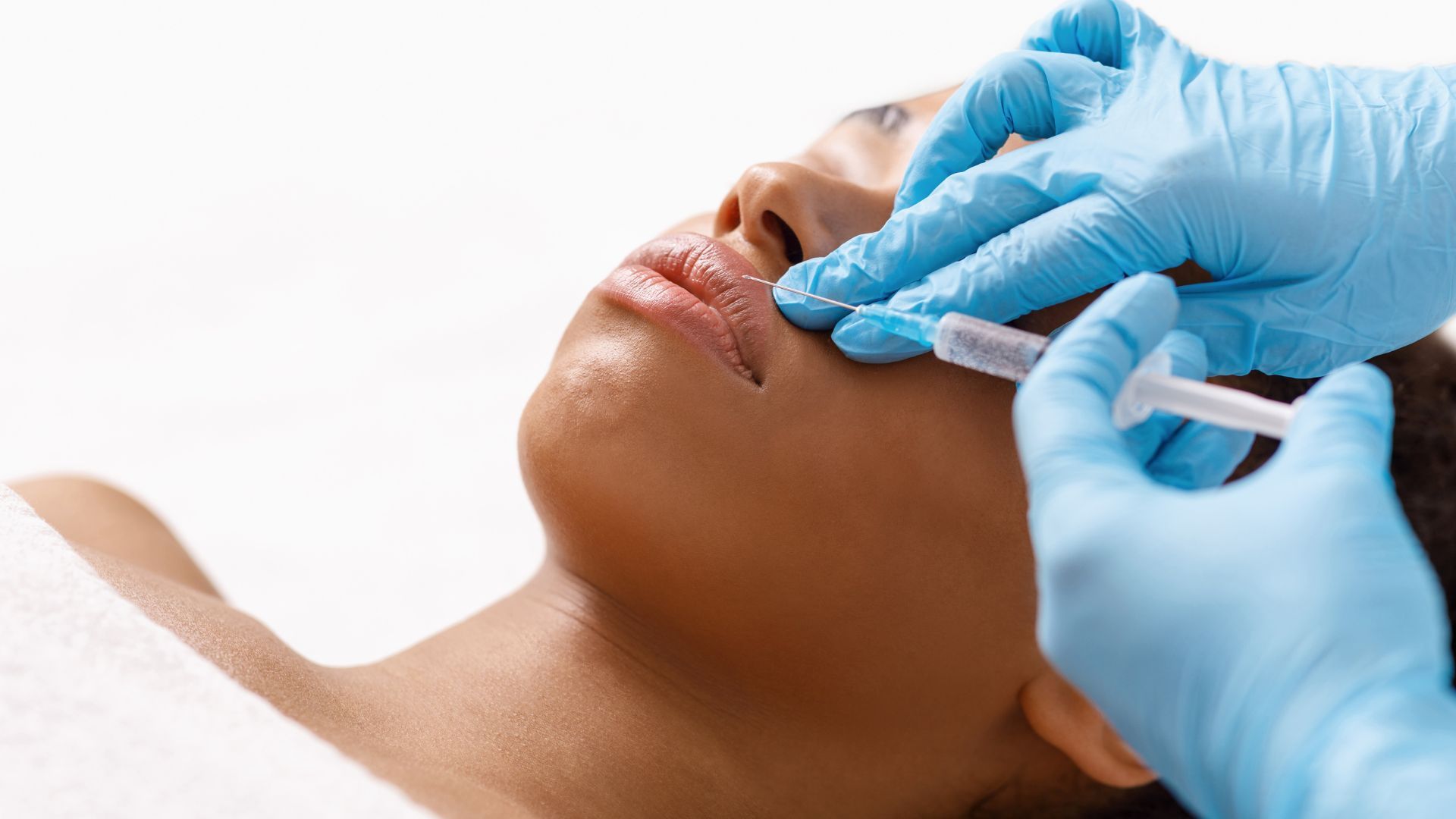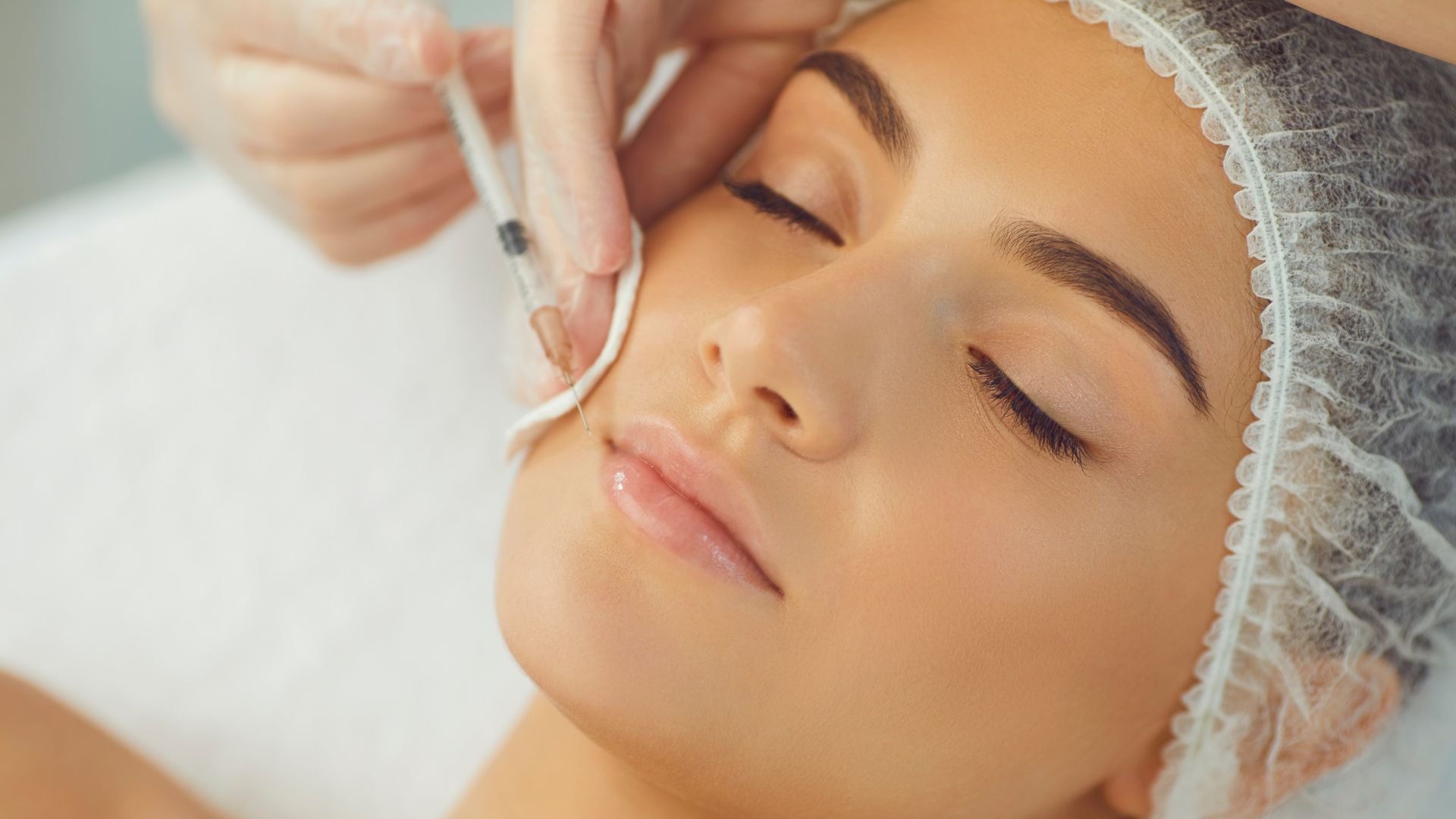Body Scientific Aesthetics
Botox Results: How Long Do They Last?
Botox is a formulation of botulinum toxin Type A used as a neurotoxin injection to reduce dynamic facial wrinkles by temporarily blocking nerve signals to muscles, and it typically produces visible smoothing for about 3–4 months. This article explains what to expect after a single treatment, the usual onset and peak timelines, and why individual results often range from roughly 2 to 6 months, depending on physiological and procedural factors. Many readers want a clear timeline and practical steps to extend results; this guide provides concise timelines, a quick comparison of common treatment areas, and evidence-aligned aftercare and scheduling strategies.
You will learn how metabolism, muscle mass, dose, and treatment area change longevity, plus actionable maintenance habits that support longer intervals between sessions. The article maps to four focused sections: typical duration and timeline, factors that influence longevity, how to maximize and extend results, and how often to schedule treatments for maintenance. Throughout, targeted terms like "botox duration," "botox results timeline," and "factors affecting botox longevity" are used to make clinical explanations and practical advice easy to scan and apply.
What Is the Typical Duration of Botox Results?
Botox typically lasts 3–4 months; individual responses can vary from about 2 to 6 months depending on dose, muscle activity, and biology. The mechanism is straightforward: botulinum toxin blocks acetylcholine release at the neuromuscular junction, reducing muscle contraction and smoothing dynamic lines until nerve terminals recover. Understanding onset, peak, and fade helps set expectations and plan maintenance appointments. Below is a quick reference comparing common facial treatment areas and their usual duration ranges.
Different treatment areas show predictable variation in longevity based on muscle size and use.
| Treatment area | Typical duration | Range |
|---|---|---|
| Forehead (horizontal lines) | 3 months | 2–4 months |
| Crow's feet (lateral eyes) | 3–4 months | 3–5 months |
| Glabella (frown lines) | 3–4 months | 2–5 months |
How Long Do Botox Effects Usually Last After Treatment?
Onset of Botox begins within a few days, with many patients seeing initial change by day 3 and clearer improvement by day 7 to 14 as neuromuscular blockade consolidates. Peak effect usually occurs around 2–3 weeks when the treated muscles are at maximal relaxation and visible smoothing is greatest. From month 2 onward, some return of muscle activity is expected, and the cosmetic effect gradually diminishes, often becoming noticeably reduced by months 3–4 for many patients. This timeline ties directly to the biology of synaptic recovery and local clearance of the neurotoxin, which explains individual variation in speed and duration.
What Happens When Botox Starts to Wear Off?
When Botox wears off, muscle activity returns progressively and dynamic lines reappear first with movement and later at rest, signaling recovery of neuromuscular transmission. Patients commonly notice increased animation or re-emergence of creases and may feel the treated area moving more naturally again as synaptic vesicle release resumes. Safe options at this stage include scheduling a planned maintenance injection or waiting for full wear-off before retreatment, depending on goals and timing. Consulting an experienced injector helps decide whether a touch-up, repeat dosing, or alternative adjunct treatments like fillers are appropriate for restoring the desired appearance.
What Factors Affect How Long Botox Results Last?
Several biological and procedural factors influence how long Botox maintains its effect, from systemic metabolism to dosing strategy and muscle strength. The neurotoxin's duration depends on how quickly it is cleared, how large and active the targeted muscles are, and how accurately the dose is placed. Injector technique and unit selection also change longevity because distribution and depth affect local uptake. The table below summarizes primary factors and practical implications for planning treatments.
Key patient and treatment variables determine result longevity and guide personalized planning.
| Factor | How it affects longevity | Practical implication |
|---|---|---|
| Metabolism/clearance | Faster systemic clearance shortens the duration | Discuss metabolic factors and meds with your provider |
| Muscle mass/activity | Larger or highly active muscles need a higher dose | Expect shorter intervals or higher units for heavy-use areas |
| Dose/units | A higher effective dose can lengthen the duration | Balance dose with movement goals and safety |
| Injector technique | Precise placement optimizes effect | Choose experienced injectors for consistent results |
How Does Metabolism Influence Botox Longevity?
Individual metabolic rate and local tissue clearance influence how quickly botulinum toxin is broken down and cleared from the injection site, which in turn shortens or lengthens the clinical effect. Faster metabolic clearance—driven by higher general activity, certain medications, or other physiological factors—tends to reduce duration and may lead to earlier return of muscle function. Recognizing these influences helps clinicians tailor dose and follow-up timing so maintenance can be scheduled proactively. Discussing medical history, prescriptions, and lifestyle with your practitioner supports realistic expectations and optimized plans.
How Do Treatment Areas and Dosage Impact Duration?
Different facial muscles vary in size and habitual use, so the forehead, glabella, and crow's feet regions respond with distinct durations even when using the same product. Larger muscles or those used frequently in expression often require higher total units to achieve the same interval of effect, while smaller, less active muscles may retain effect longer at lower doses. Dosage strategy balances longevity with natural movement and safety; an experienced injector will calibrate units and injection sites to prolong benefit without overtreatment. Communicating aesthetic goals clearly lets your provider choose the best dosing approach for lasting, natural results.
How Can You Maximize and Extend Your Botox Results?
Aftercare and maintenance patterns materially affect perceived longevity; simple, immediate precautions and consistent long-term habits can modestly extend the effect. The primary mechanism is protecting local neuromuscular blockade during the early window and reducing factors that accelerate toxin clearance or muscle workload. Below is a concise checklist of evidence-aligned actions to support longer-lasting results.
Practical aftercare steps can reduce early diffusion and promote sustained effect when followed consistently.
- Avoid rubbing or massaging treated areas for 24 hours: This minimizes unintended spread of toxin and preserves target-specific action.
- Delay strenuous exercise for 24–48 hours: Heavy activity increases blood flow and may accelerate dispersal during the early uptake period.
- Sleep with head elevated the first night: Reduced pressure on injected sites may lower diffusion risk and protect initial placement.
- Use sun protection and maintain skin health: Protecting skin from photodamage supports tissue quality and overall aesthetic durability.
Following these practices helps consolidate early treatment effects; discuss any medication or medical conditions with your provider that may alter outcomes.
| Aftercare / Action | Mechanism | Expected impact |
|---|---|---|
| Avoid massage | Limits mechanical spread | More targeted, longer effect |
| Delay exercise | Lowers early increased blood flow | Reduces early clearance risk |
| Elevate head | Minimizes pressure on injection sites | Protects precise placement |
| Sun protection | Preserves skin integrity | Supports longer-term appearance |
What Aftercare Practices Help Botox Last Longer?
Immediate and short-term precautions plus longer-term lifestyle choices create the best environment for sustained Botox benefits by protecting the treated neuromuscular junction and minimizing factors that speed clearance. In the first 24–48 hours, avoid manipulating injection sites and postpone high-intensity workouts; these precautions reduce early spread and help the toxin bind where intended. Over weeks and months, sun protection, smoking cessation, and consistent skin care maintain tissue quality and can indirectly support aesthetic longevity. If unexpected swelling, asymmetry, or other concerns develop, contact your injector promptly to discuss safe correction options.
How Does Treatment Frequency Affect Botox Duration?
Regular maintenance may lengthen the interval between sessions for some patients through mechanisms such as muscle retraining or partial atrophy from repeated neuromuscular blockade, although results vary widely among individuals. Consistent scheduling at individualized intervals typically produces a smoother appearance over time and may allow modest extension of treatment intervals for some people. The trade-off includes balancing desired expressiveness against the risk of overtreatment; spacing injections too frequently can increase tolerance concerns, while waiting too long allows full return of muscle activity. Work with a clinician to personalize frequency based on response, goals, and observed durability.
How Often Should You Get Botox Treatments?
Most individuals schedule Botox every 3–4 months as a starting guideline, with personalization based on how quickly effects fade and aesthetic objectives. This interval aligns with the typical 3–4 month duration for many common treatment areas, while recognizing that some patients need touch-ups sooner and others can extend intervals beyond four months. Signs that indicate a touch-up include return of dynamic creases during normal expression and a subjective sense that treated areas look less smooth than desired. Below is a short set of scheduling tips to decide when to book maintenance appointments.
Use observable signs and a simple timing strategy to maintain results without overdoing frequency.
- Set a reminder at three months: Use this as an assessment point to decide on a touch-up or delay.
- Monitor dynamic lines in motion: If lines return during typical facial expressions, a touch-up may be warranted.
- Coordinate with events: Schedule treatments a few weeks before important occasions to allow full peak effect.
- Adjust with observed longevity: Track how long your personal results last and refine interval timing accordingly.
A personalized plan based on your response, lifestyle, and goals ensures efficient maintenance while minimizing overtreatment.
When Is the Best Time to Schedule Botox Touch-Ups?
The best time for a touch-up depends on when you observe meaningful return of dynamic lines and your tolerance for re-treatment; a practical rule is reassessing at about three months post-treatment and scheduling if function or appearance has meaningfully regressed. For event planning, aim for one to three weeks before an important date so the peak effect is visible. Avoid back-to-back overtreatment by discussing adjustments in units or placement rather than simply increasing frequency without medical justification. Regular, documented follow-up with your provider helps refine timing and avoid unnecessary procedures.
Does Botox Last Longer After Repeated Treatments?
Some patients experience longer intervals between treatments after repeated sessions, likely due to decreased muscle strength or retraining of habitual expression patterns, but evidence varies, and individual responses differ. Clinical observation supports modest extension for some individuals, while others see stable durations over many treatments. Expectations should be managed: repeated treatments may help lengthen intervals for some, but are not guaranteed to produce progressive, permanent extension. Personalized monitoring and conservative adjustments in dosing and technique are the safest ways to pursue longer-lasting outcomes.
